The Top 7 Amazing Dive Sites In Palau
You can rest assured that there are plenty of amazing dive sites in Palau for you to enjoy. The tiny archipelagic nation, comprised of over 500 islands and islets, boasts crystal-clear waters teeming with diverse marine life, lush tropical jungles, and a rich cultural heritage to boot. With a population of just over 20,000 people, Palau may be small in size, but it packs a powerful punch when it comes to natural beauty and adventure, especially below the waves: the scuba diving in Palau is often vaunted as being amongst the best in the world, especially by shark enthusiasts.
Palau’s underwater wonders are a major draw for underwater enthusiasts, with some of the world’s best diving and snorkeling spots found here. From the famous Blue Corner, where divers can witness a bustling reef scene with dozens of reef sharks, to Jellyfish Lake, where snorkelers can swim with thousands of harmless jellyfish, Palau’s marine world is a true marvel.
A dive trip to explore the underwater world of Palau is at the top of many scuba divers’ bucket lists, and with good reason. Strong currents, a healthy shark population, and a smattering of WWII wrecks make Palau one of the world’s premier dive destinations. We’re going to run through some the most iconic dive sites in Palau to showcase what this Pacific nation has to offer.
1. Blue Corner
Palau’s Blue Corner is one of the most famous dive sites in Palau, and indeed, the entire world, and is by far the most requested dive in Palau. Palau is said to be the home of the reef hook, and Blue Corner is a prime site to ‘hook on’ and watch the action. The dive site features a triangular coral plateau which juts out from the deep walls on both sides. Blue Corner is best dived when the currents are running, and you should aim to dive it at least twice during your stay – once during an incoming tide and again during an outgoing tide – so you get to experience both sides of this stunning coral promontory.
Before the dive, the staff will jump in to check the strength of the current, and they will then decide the jump point. The dive begins with a negative ascent in the blue, and a swim into the reef wall. As you follow the wall along towards its point, you will start to see a few grey reef sharks. And then a few more. Keep an eye on your guide, as they will signal when it’s time to hook on. With hooks at the ready, you will ascend to the top of the wall and then hook on to the bare rocks at the beginning of the plateau. Once hooked in, you are free to hang out and watch the sharks cruising in the current.
When it’s time to unhook, your guide will signal, and then you can enjoy a drift across the plateau. There are often white-tipped reef sharks and big schools of jacks on the plateau, as well as a few macro critters going about their day. As the plateau ends, its time to ascend to five meters as you drift into the blue, often surrounded by barracuda, to complete your safety stop.
2. German Channel
The channel, near Ngemelis Island, was forged long ago by German miners. Palau used to be part of German New Guinea and was a colony of Germany. The German miners blasted and dredged a channel through the barrier reef between Ngemelis and Ngercheu islands, to facilitate the transport of phosphate to Koror for shipment to Europe. The channel nowadays is one of the most iconic dive sites in Palau, thanks to the manta rays that visit its cleaning stations.

You can find cleaning stations on either side of the entrance to the channel, and this is usually where you will head at the beginning of the dive. At the cleaning stations, it’s best to remain as still as possible to avoid spooking the mantas. The mantas come in to be cleaned and gracefully circle over the cleaning stations as the cleaner fish go about their business.
The dive is best done on an incoming tide, and after spending some time watching the mantas, the dive continues with a gentle drift into the channel. White-tipped reef sharks are commonly encountered in the channel, as are more manta rays, as they pass on their way to the cleaning stations. Also keep an eye out for macro critters in the sand, with robust ghostpipefish and crocodilefish often spotted.
3. Peleliu Express
Sitting on the western side of Peleliu Island, facing the brunt of the Pacific Ocean, Peleliu Express can be one hell of a ride when the currents are running. After a current check to determine the jump point, it’s a negative descent in the blue and a swim into the wall. The current pushes you along the wall, towards the point at the southern end of Peleliu Island. When the currents are pumping, the sharks come out to play, and you will be accompanied by grey reefs as you drift towards the hooking point.
After enjoying watching the sharks play in the current, it’s time to unhook and drift across the reef flat before ascending to complete a drifting safety stop in the blue. If the currents are strong, Peleliu Express can be one of the most exhilarating dive sites in Palau.
4. Ulong Channel
Somewhat in the shadows of Blue Corner, Ulong Channel is one of the most memorable dive sites in Palau. People arrive dreaming of diving Blue Corner, and when they leave, it’s often Ulong Channel that they remember the most. The dive site enjoys less boat traffic than Blue Corner, and the dive can be truly epic if the current is running into the channel at a decent rate of knots.
The dive begins by hooking on at the entrance to the channel. There will be grey reef sharks patrolling the reef, and there are quite often manta rays feeding in the water being pushed up the slope and into the channel. After enjoying the grey reefs and mantas, it’s time to unhook and drift along the channel. The shallow, sandy channel features pristine lettuce corals and oftentimes sleeping white-tipped reef sharks.
At the end of the channel, the dive site opens up into a fish bowl, and there can be plenty of action as the dive nears its end. Often there are baitballs in the fish bowl, and lucky divers can see grey reefs, giant trevallies, and jacks darting in to feed.
5. Chandelier Cave
Nestled inside Koror Harbour, Chandelier Cave is one of the more unique dive sites in Palau, with five stalactite-filled chambers to explore. It’s a shallow dive, and is often saved for the last dive day before flying out. You will definitely need to take a dive light with you, and although the dive may be a little disconcerting at first, it’s a relatively straightforward dive. There’s no need to descend deeper than eight meters, and the entrance to the cave is very shallow. Once inside, usually the guide will swim straight through to the last chamber, where you can ascend and have a chat.
On the way back out, it’s common to stop and surface in each of the remaining chambers to admire the glistening stalactites and rock formations. As you swim towards the exit, the incoming light throws up the silhouettes of the divers leaving and presents a nice photo opportunity. This one’s more about the unique topography than the marine life, but there can be a few shrimp and macro critters close to the cave’s entrance too.
6. Big Drop Off
Big Drop Off is a colorful wall dive close to the German Channel. The dive begins near the buoy line, and upon descending, divers can find a large chain connected to a 6-foot (2-meter) steel sphere. This ball and chain was installed during WWII to prevent the Japanese ships from entering the waterway leading to the German Channel.
After inspecting the ball and chain, it’s time to drop down the wall and see which way the current pushes. The currents tend to be gentle here, and as you are slowly pushed along the reef, the most noticeable aspect of the dive is the colors. Soft corals and myriad reef fish of every color flit to and fro, and divers should also try to keep one eye on the blue. There’s good chance of passing eagle rays and reef sharks, and maybe even a manta on its way to the German Channel. Palau’s reefs are very healthy in general, and Big Drop Off is one of the most colorful dive sites in Palau.
7. The Iro Maru Wreck
Palau saw a decent amount of action during World War II, and you can find testament to this below the waves. Operation Desecrate One was a World War II United States Navy operation on March 30–31, 1944, and divers can now inspect the results of this operation. More than 60 Japanese ships were sunk, and a few are shallow enough to have become dive sites in Palau.

One of the most impressive WWII wreck dives in Palau is the Iro Maru. The ship took a direct hit to the engine room and now rests in an upright position in 40 meters of water. The deck sits at around 25 meters deep, and the ship is now festooned with colorful coral growth and is surrounded by interesting marine life.
Honourable Mentions:
Jellyfish Lake

Although not strictly amongst the dive sites in Palau, Jellyfish Lake is a unique environment that is home to millions of stingless jellyfish. The site is protected, and diving is not allowed, but you can snorkel. There’s a short trek through the jungle to reach the site before swimming amongst the jellyfish. As you leave the small jetty and head towards the center of the lake, you will first notice a few jellyfish. Then a few more, until eventually you are surrounded by millions of them. The jellyfish move about the lake during the day and can usually be found in the sunniest part of the lake. The experience is truly otherworldly and unique, and should not be missed when in Palau.
Jake Sea Plane Wreck

Also rather unique amonst the dive sites of Palau, the Japanese Jake plane wreck, is reasonably close to Koror Harbor. The plane is believed to have crashed during take-off or landing after the engines stalled, as the propellers are relatively intact rather than twisted and bent. The wreckage now rests in 45 feet (14 meters) of water in an upright position. The starboard wing is bent downward at a 30-degree angle, and the engine is broken off from the fuselage. It’s a small plane and an easy dive with no current, and the wreck can also be enjoyed by snorkelers.
Disclosure: This post may contain affiliate links, which means that DIVEMONDO may receive a small commission if you make a purchase using these links. As an Amazon Associate this website earn from qualifying purchases.

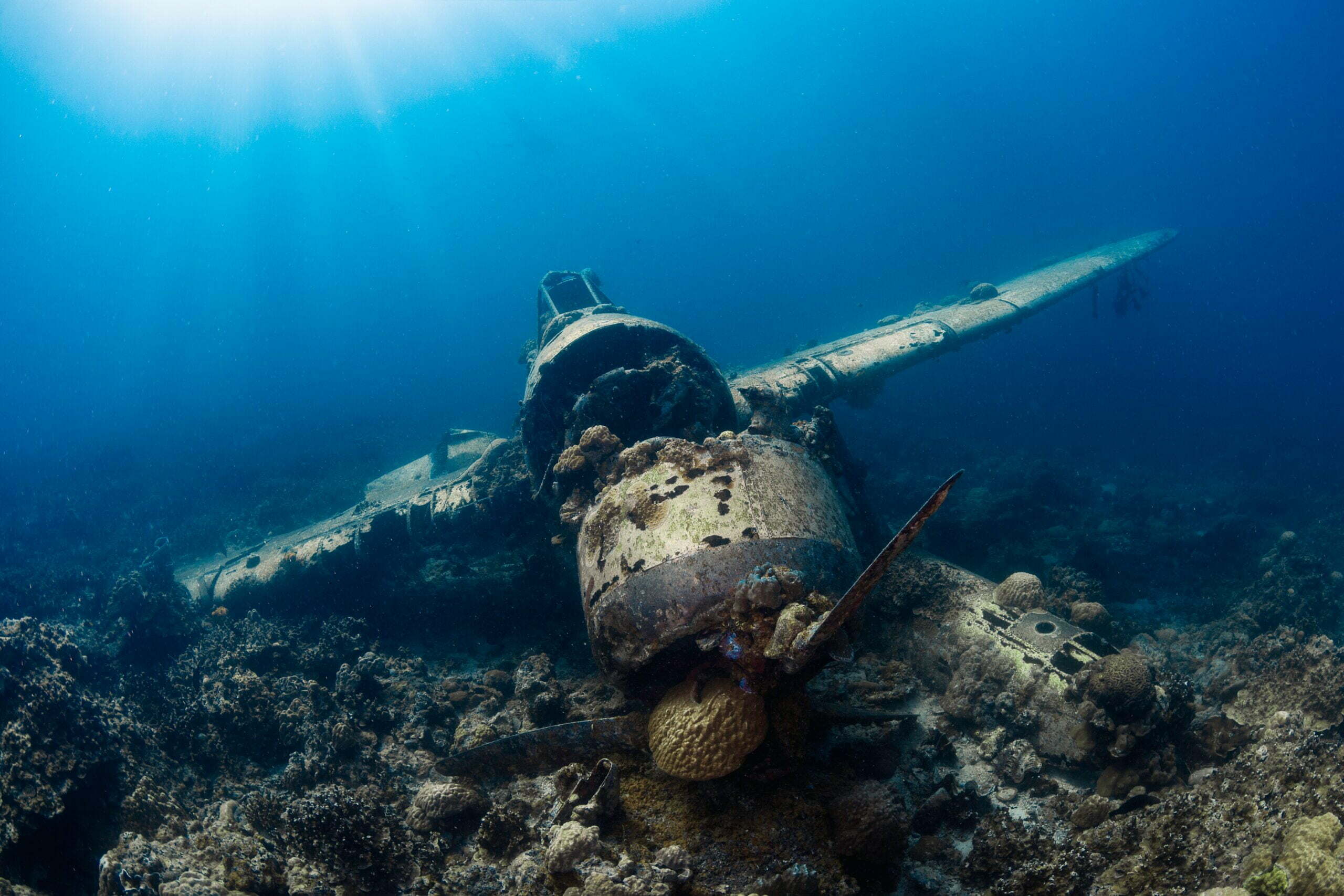
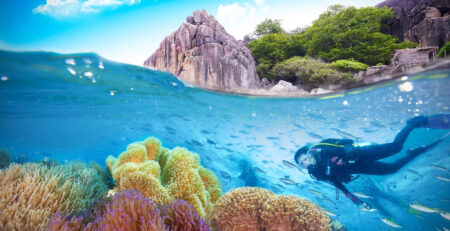
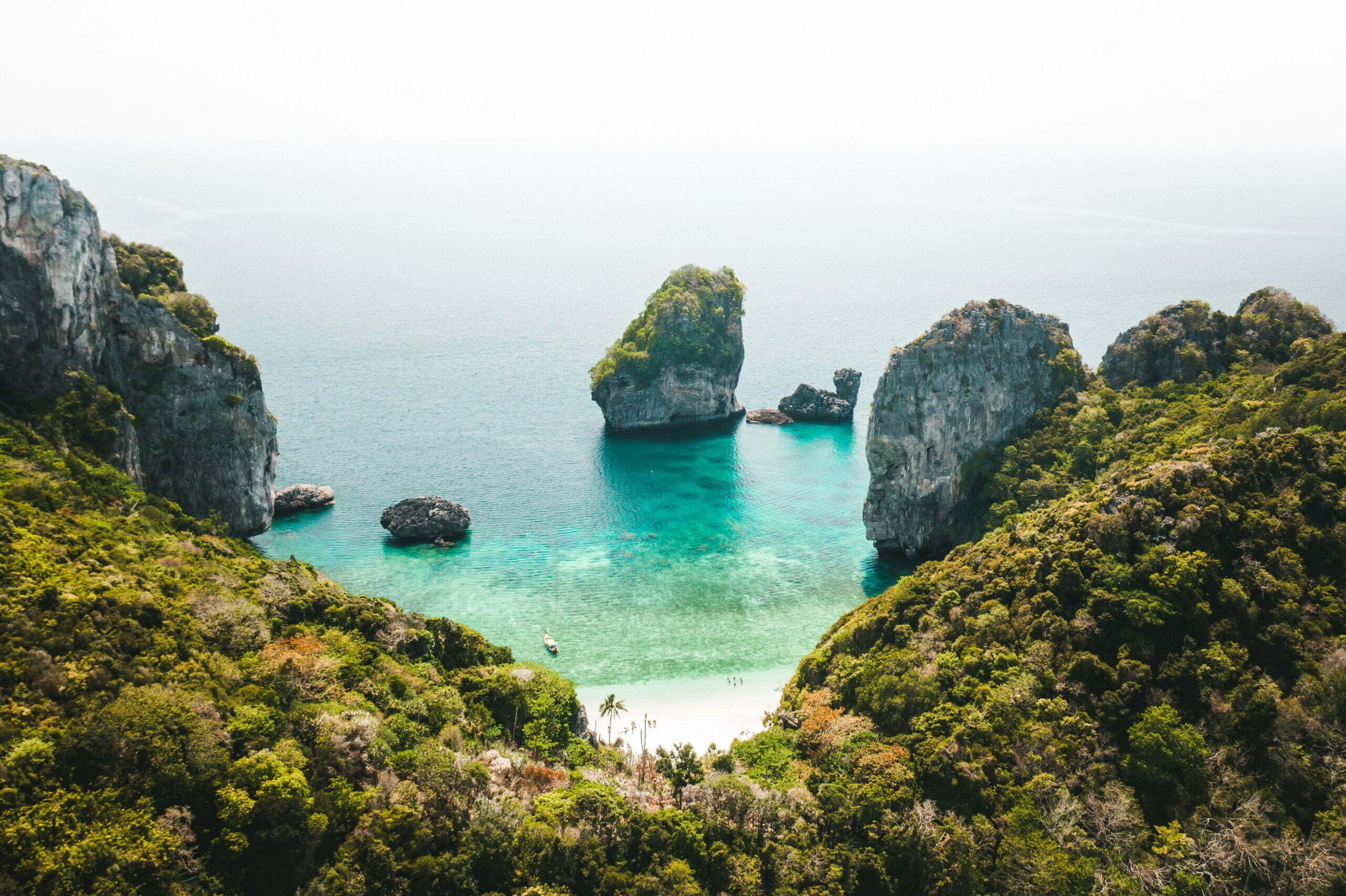

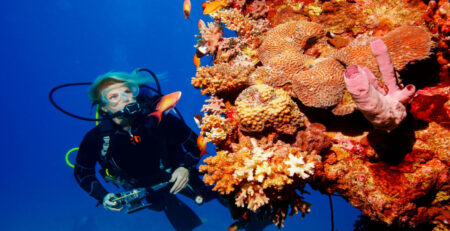
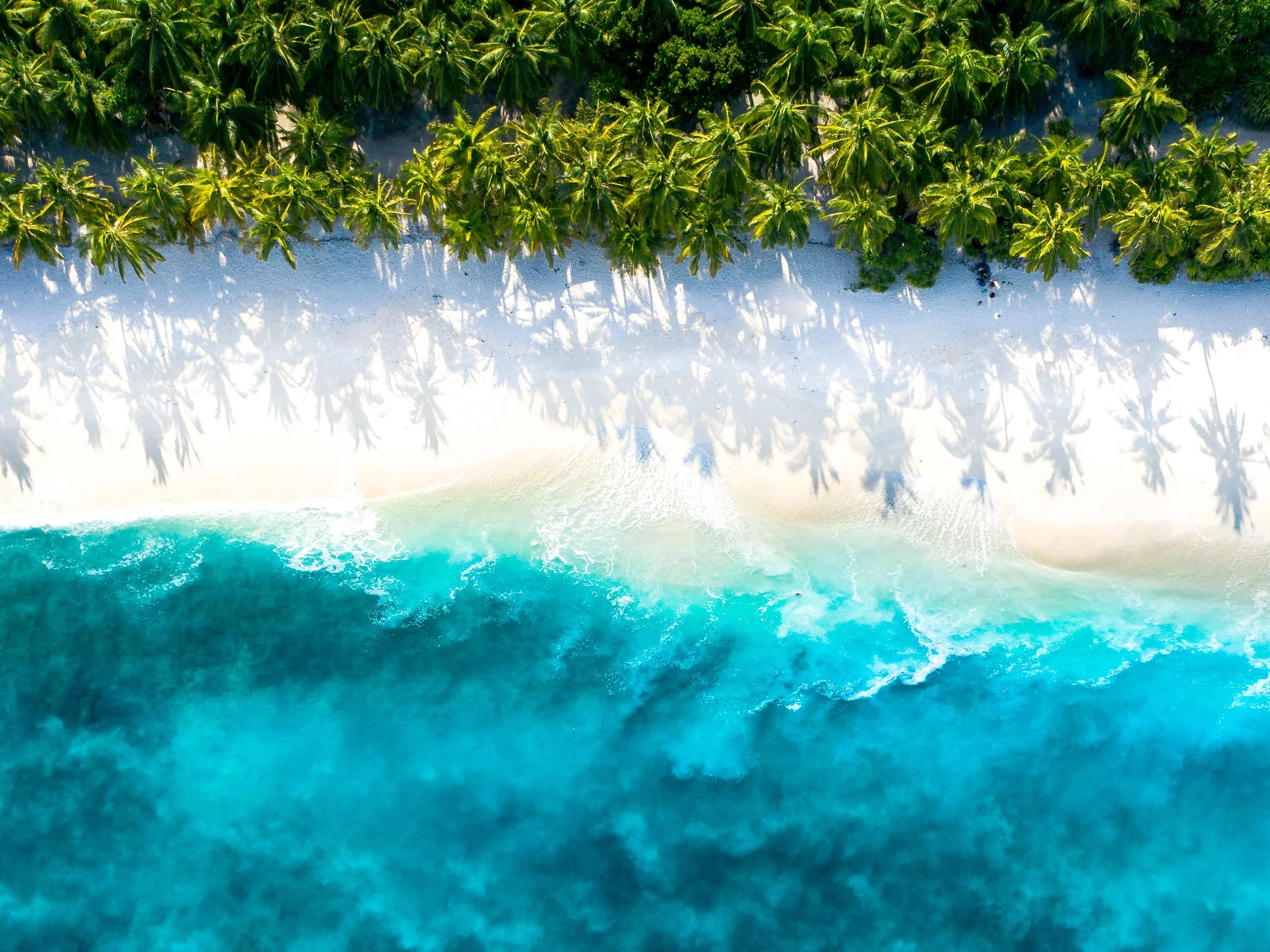
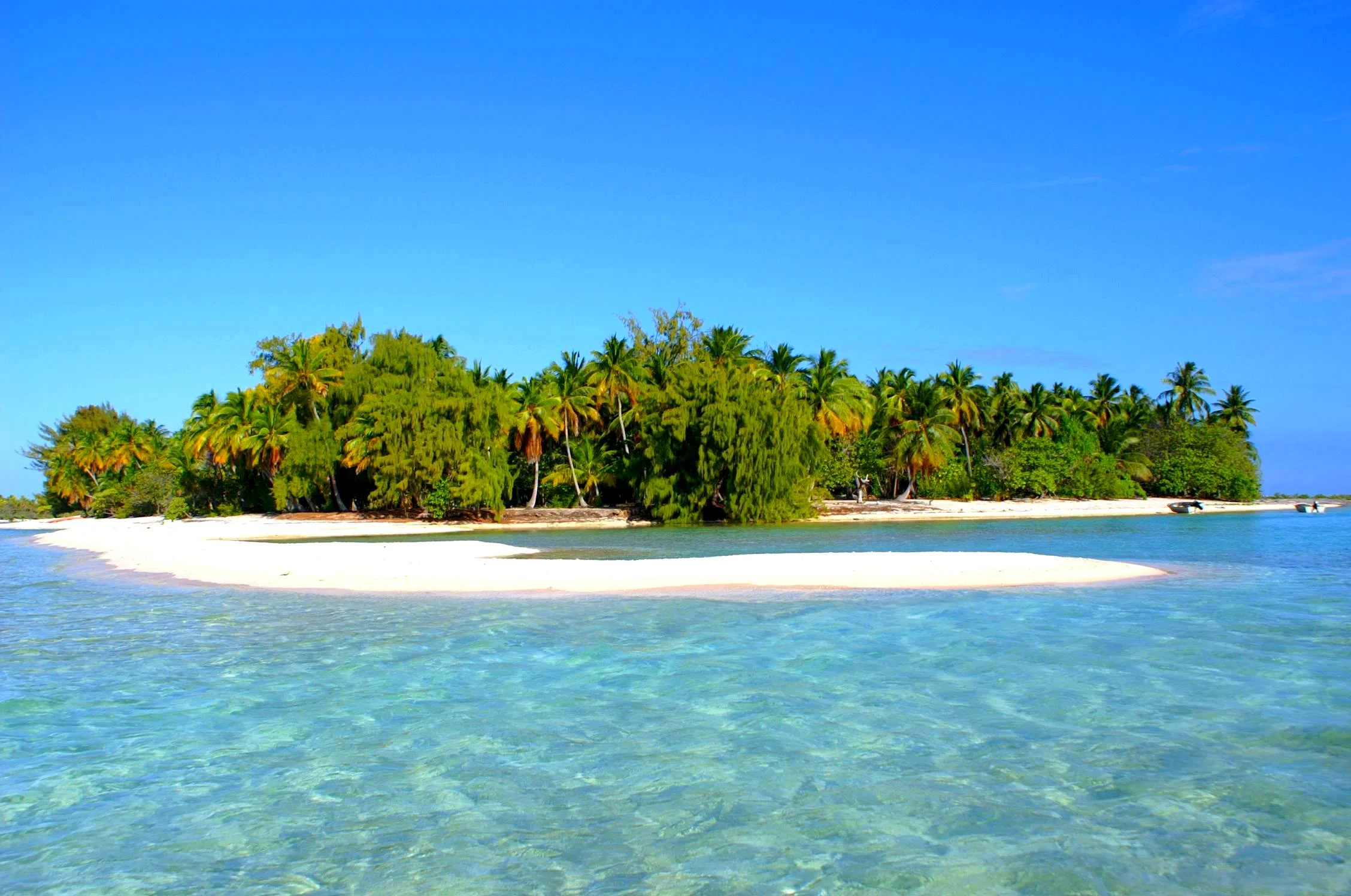


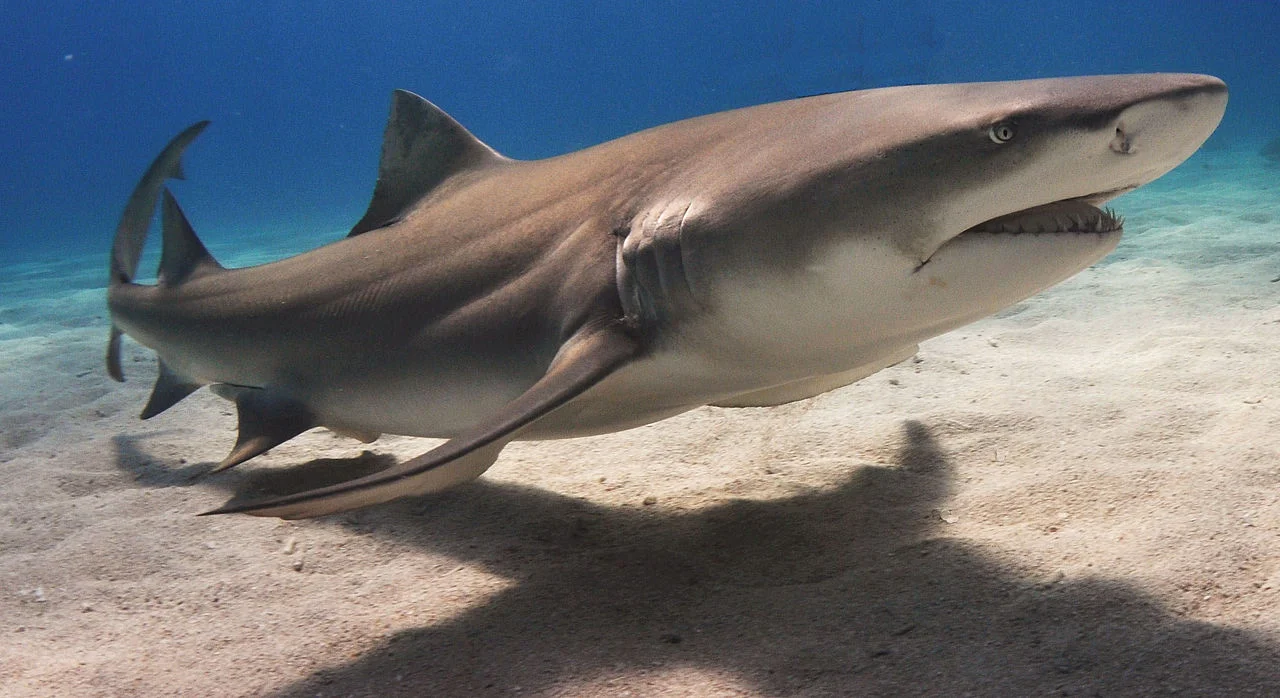
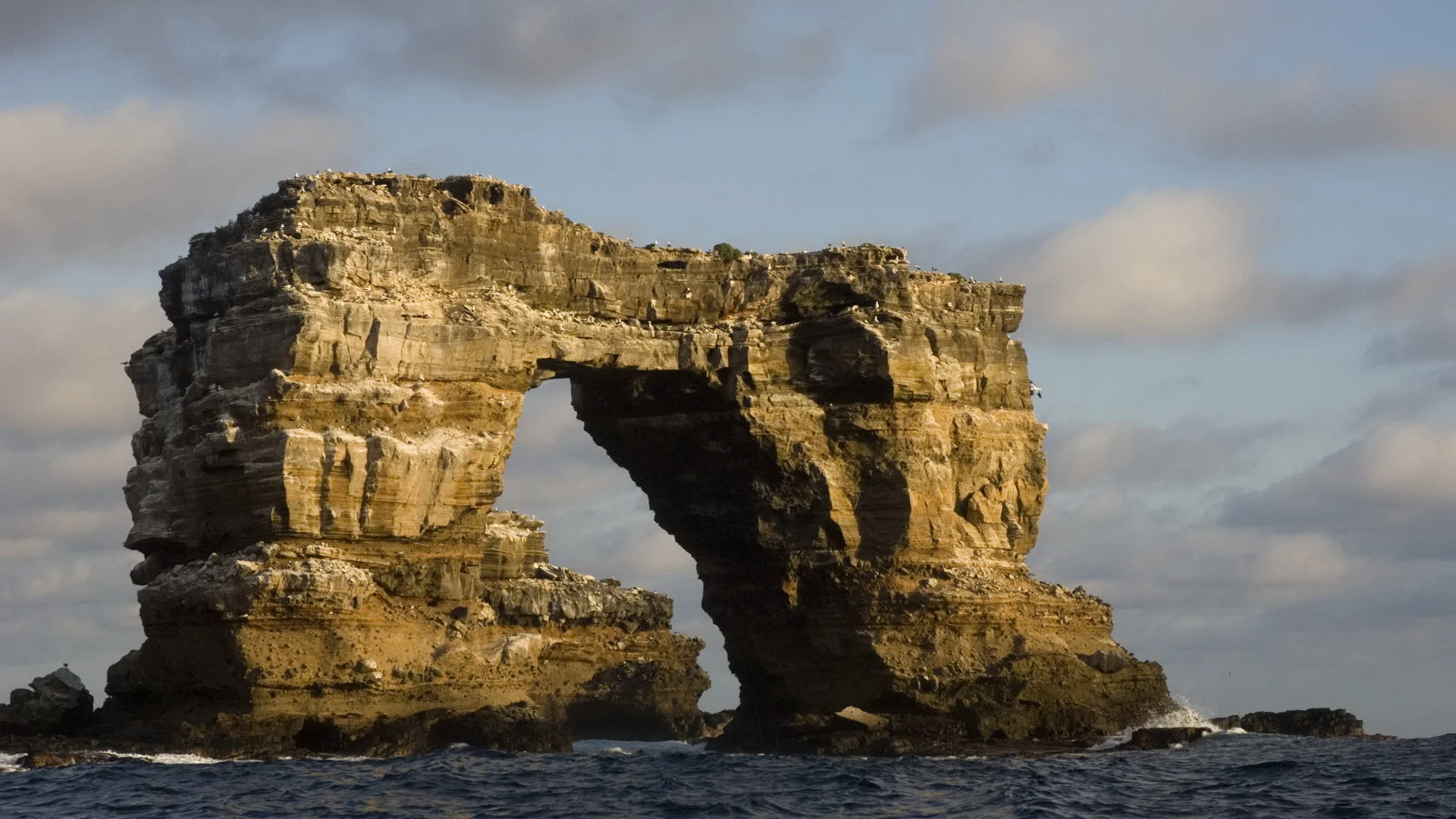

Leave a Reply